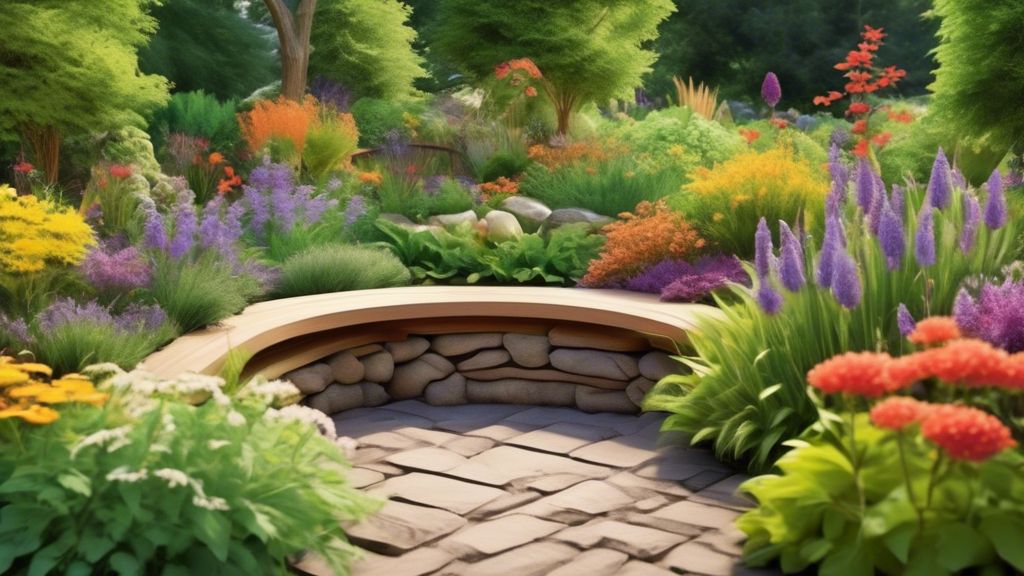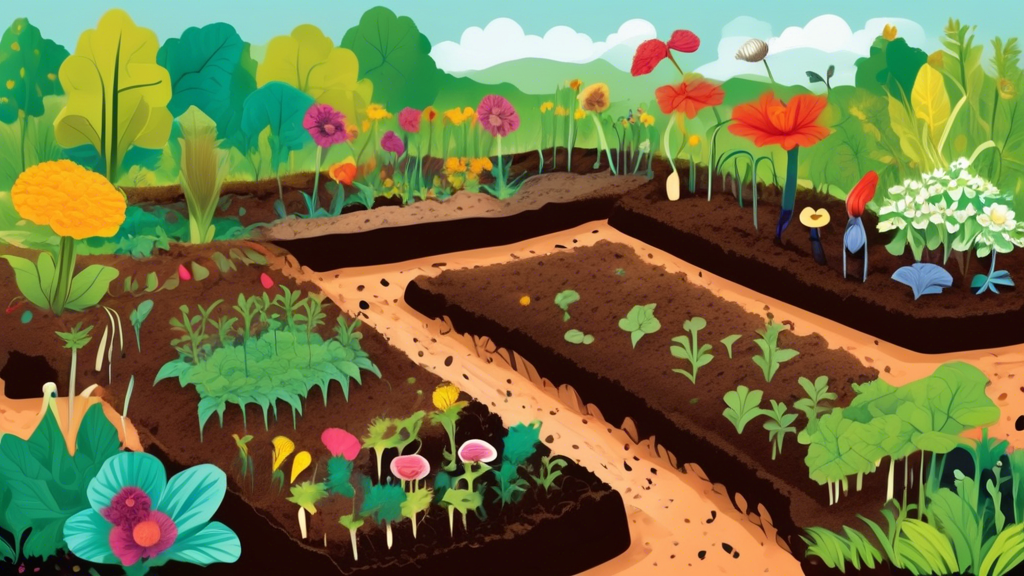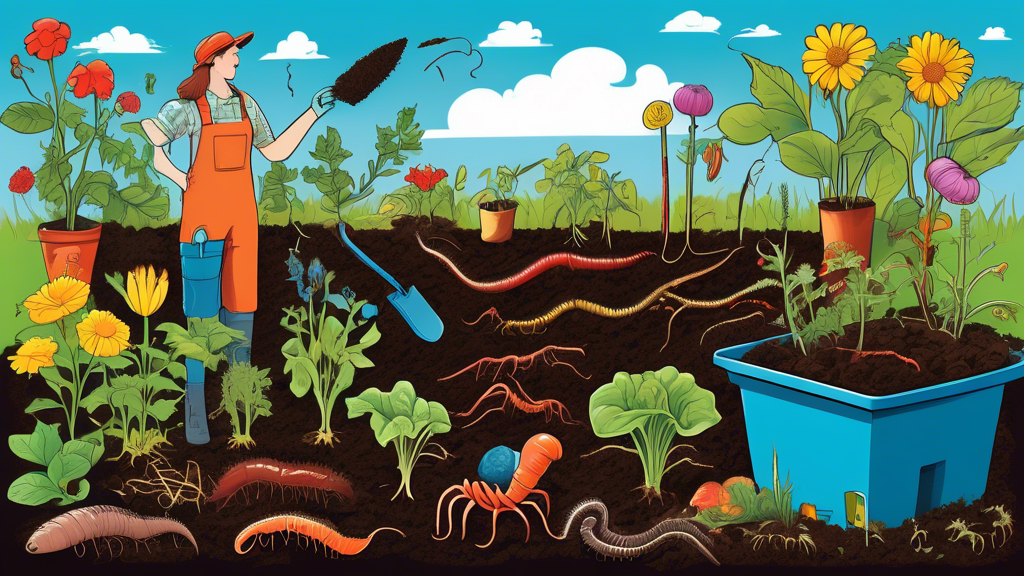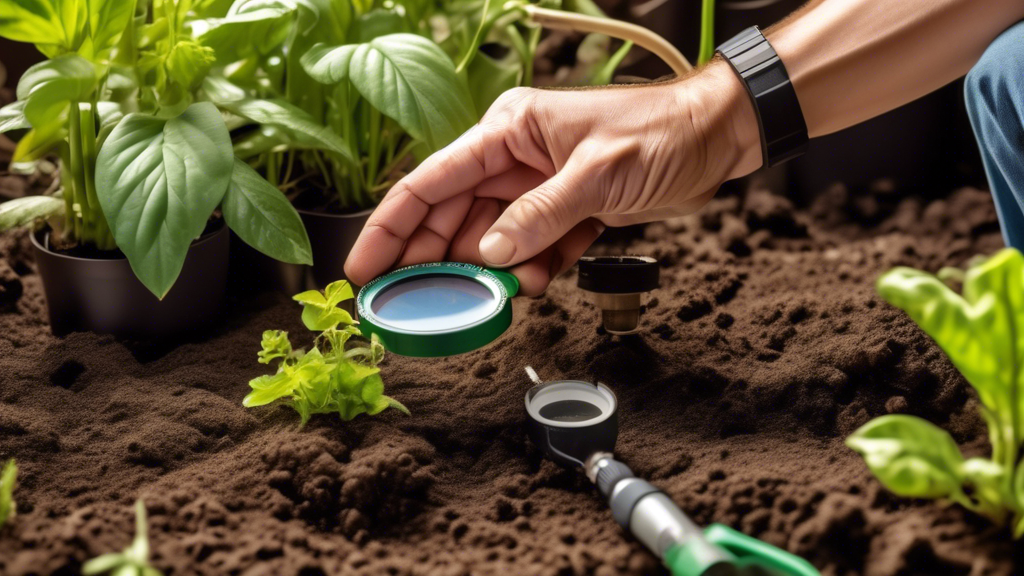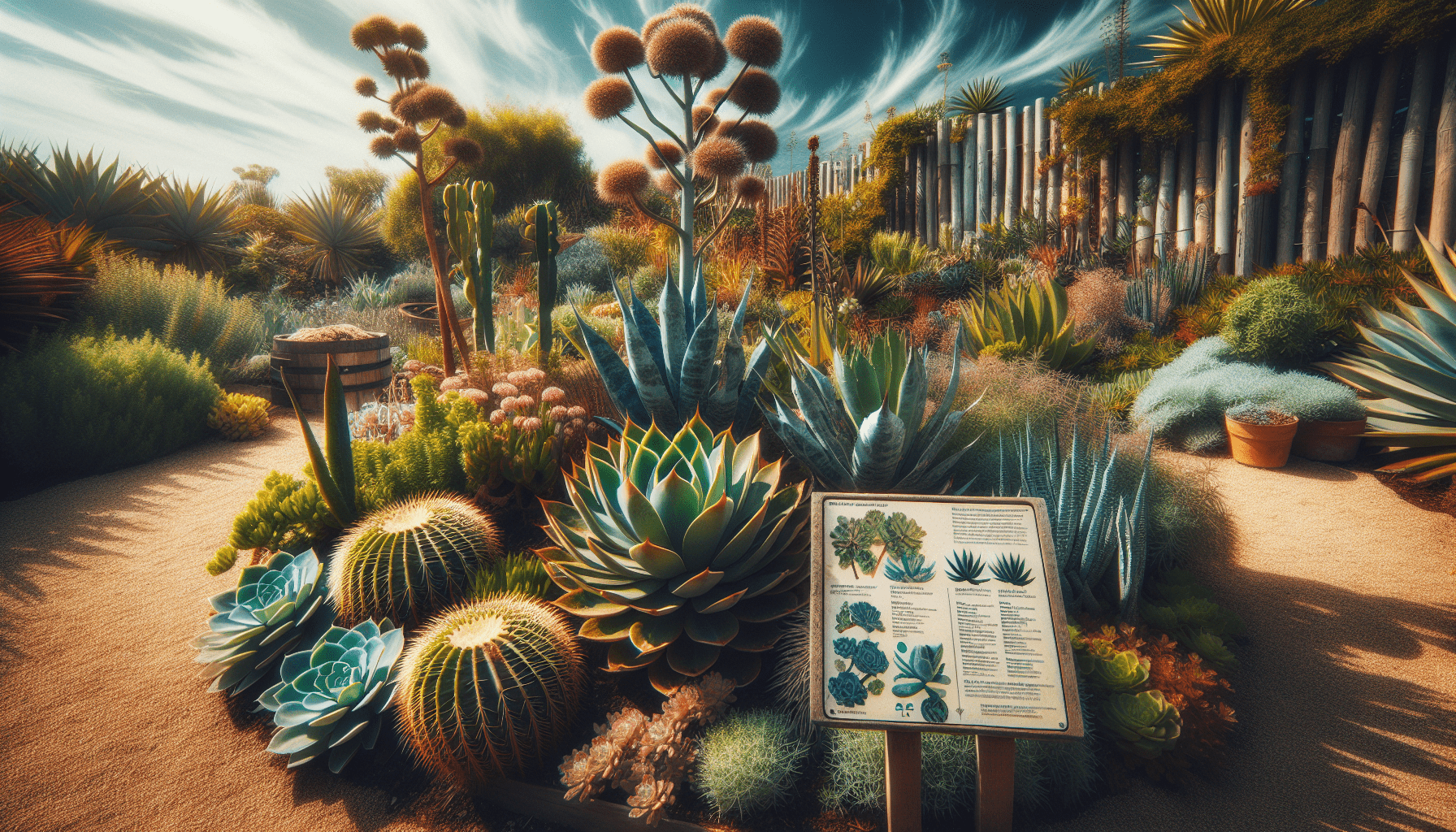
Why Your Garden Needs to Be Drought-Resistant
Creating a garden that can withstand dry spells isn’t just a trend; it’s a practical response to common gardening challenges. Let’s explore the core issues that make water-wise gardening essential.
The High Cost of Watering
Many homeowners face escalating water bills, especially during peak summer months. Beyond the financial strain, there’s a growing awareness of the environmental impact of using excessive water for landscape maintenance.
The Stress of Plant Loss
It’s disheartening to see carefully chosen plants suffer or die during heatwaves or water restrictions. This not only represents a loss of investment but also adds anxiety, particularly when you’re away from home.
The Time Commitment of High-Maintenance Lawns
Traditional lawns demand constant attention—regular mowing, frequent watering, and ongoing care. This can turn your garden from a place of relaxation into a source of weekend chores.
Core Principles of a Water-Wise Garden
Building a drought-resistant garden starts with understanding a few fundamental principles that guide every decision, from plant selection to soil management.
Right Plant, Right Place: The Golden Rule
Grouping plants with similar water needs, a practice known as hydrozoning, ensures efficient watering. A little-known fact: many drought-tolerant plants like Lavender and Rosemary actually thrive in poor soil and can be harmed by over-fertilizing, which encourages weak growth that demands more water.
Soil is Your Secret Weapon: It’s a Sponge, Not a Sieve
Healthy soil retains moisture effectively. Amending your soil with organic compost improves its water-holding capacity, while a thick layer of mulch reduces evaporation and keeps competing weeds at bay.
Water Deeply and Infrequently for Resilient Roots
Encouraging plants to develop deep root systems makes them more resilient during dry periods. Watering early in the morning minimizes evaporation and gives plants the moisture they need to face the day’s heat.
Drought-Tolerant Plants vs. Thirsty Traditional Plants: A Smart Comparison
| Feature | Drought-Tolerant Garden | Traditional Thirsty Garden |
|---|---|---|
| Water Usage | Low; thrives on minimal watering | High; requires frequent, deep watering |
| Maintenance | Low; less mowing, deadheading, and fuss | High; constant upkeep |
| Plant Examples | Lavender, Sedum, Sage, ornamental grasses | Impatiens, Hydrangeas, Kentucky Bluegrass |
| Cost Over Time | Lower (water bills, replacements) | Higher (water, plant loss, chemicals) |
| Wildlife Value | High; attracts pollinators like bees & butterflies | Lower; often offers less ecological benefit |
Actionable Drought-Resistant Gardening Tips for Every Home
Ready to put theory into practice? These actionable steps will help you create a beautiful, water-efficient garden that suits any home and lifestyle.
Start Small: Transform a Section at a Time
You don’t need to overhaul your entire yard at once. Begin with a challenging sunny border or a patch of lawn that’s difficult to maintain, and expand from there as you gain confidence.
Rethink Your Lawn
Consider reducing the size of your lawn or replacing it with drought-tolerant alternatives like clover or creeping thyme. Here’s an insight many gardeners don’t know: allowing your lawn to go dormant and turn brown during a summer drought is a natural survival strategy; it will often recover and green up again with autumn rains, saving thousands of gallons of water.
Embrace Hardscaping and Garden Structure
Incorporate non-plant elements like gravel paths, stone patios, or decorative rocks to add visual interest and structure to your garden without increasing water demands.
Harvest Every Drop with Rainwater Collection
Installing a rain barrel is one of the simplest yet most effective drought-resistant gardening tips for every home. Collecting rainwater provides a free, chemical-free water source for your plants during dry periods.
Frequently Asked Questions About Drought-Resistant Gardening
Does “drought-resistant” mean I never have to water?
No. Drought-resistant plants are adapted to survive with less water once they’re established. During their first growing season, they’ll need regular watering to develop strong, deep root systems.
Will a drought-resistant garden look brown and boring?
Not at all! A water-wise garden can be vibrant and full of color throughout the seasons. By combining flowering perennials like Coneflower and Yarrow with textured succulents and ornamental grasses, you can create a visually stunning landscape that’s also ecologically responsible.
Is it expensive to convert my garden?
While there may be some initial costs, a drought-resistant garden saves money in the long run through reduced water bills and less frequent plant replacement. You can start economically by saving seeds, taking cuttings from drought-tolerant plants, or focusing on one area at a time.
Can I have a vegetable garden that’s drought-resistant?
Absolutely! Focus on building deep, compost-rich beds, use efficient drip irrigation, and select vegetable varieties that naturally tolerate drier conditions, such as tomatoes, peppers, beans, and Mediterranean herbs.

